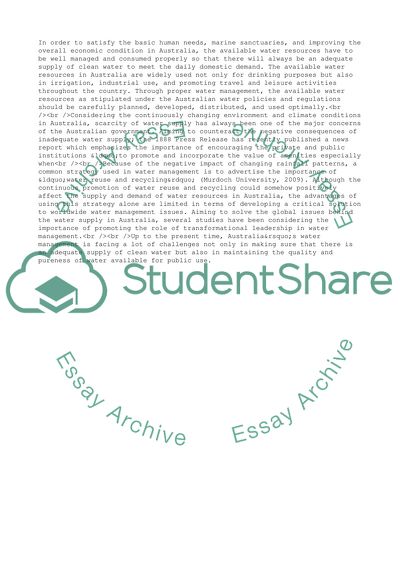Cite this document
(Exploring the Followers Perceptions of their Supervisor within Water Research Proposal, n.d.)
Exploring the Followers Perceptions of their Supervisor within Water Research Proposal. https://studentshare.org/management/1726213-interpersonal-communication-and-transformational-leadershipexploring-the-followers-perception-of-their-supervisor-within-water-management-organizations-in-australia
Exploring the Followers Perceptions of their Supervisor within Water Research Proposal. https://studentshare.org/management/1726213-interpersonal-communication-and-transformational-leadershipexploring-the-followers-perception-of-their-supervisor-within-water-management-organizations-in-australia
(Exploring the Followers Perceptions of Their Supervisor Within Water Research Proposal)
Exploring the Followers Perceptions of Their Supervisor Within Water Research Proposal. https://studentshare.org/management/1726213-interpersonal-communication-and-transformational-leadershipexploring-the-followers-perception-of-their-supervisor-within-water-management-organizations-in-australia.
Exploring the Followers Perceptions of Their Supervisor Within Water Research Proposal. https://studentshare.org/management/1726213-interpersonal-communication-and-transformational-leadershipexploring-the-followers-perception-of-their-supervisor-within-water-management-organizations-in-australia.
“Exploring the Followers Perceptions of Their Supervisor Within Water Research Proposal”. https://studentshare.org/management/1726213-interpersonal-communication-and-transformational-leadershipexploring-the-followers-perception-of-their-supervisor-within-water-management-organizations-in-australia.


